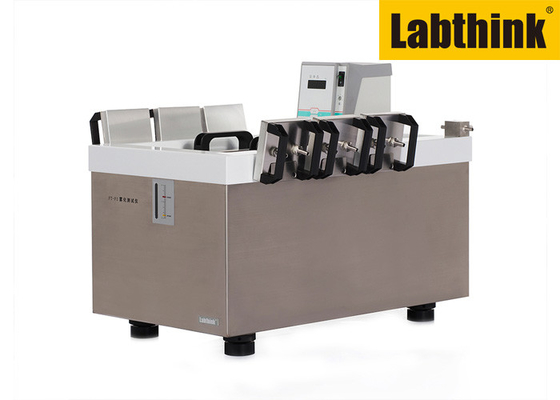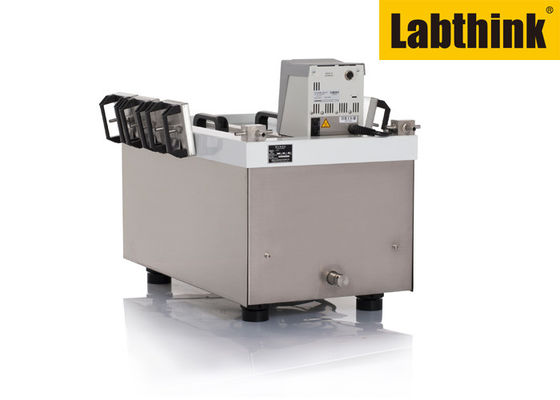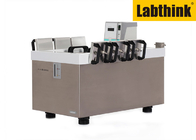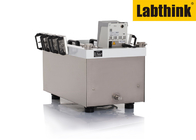-
Package Testing Equipment
-
WVTR Testing Equipment
-
Vacuum Leak Testing Equipment
-
Friction Testing Equipment
-
Adhesion Test Equipment
-
Tensile Testing Machine
-
Box Compression Testing Machine
-
Torque Testing Machine
-
Tear Testing Machine
-
Gas Permeability Tester
-
Heat Seal Tester
-
Falling Dart Impact Tester
-
Flex Durability Tester
-
Digital Ink Rub Tester
-
Headspace Gas Analyzer
-
Thickness Measurement Equipment
DIN 75201 Package Testing Equipment / Fogging Tester

Contact me for free samples and coupons.
Whatsapp:0086 18588475571
Wechat: 0086 18588475571
Skype: sales10@aixton.com
If you have any concern, we provide 24-hour online help.
x| Standards | ISO 6452, DIN 75201, SAE J1756 | Test Method | Gloss, Haze, Weighing Methods |
|---|---|---|---|
| High-Temperature Range | Room Temperature ~ 150°C | Low-Temperature Range | 0 ~ 100°C |
| Accuracy | ±0.1°C | ||
| Highlight | Air Permeability Test Equipment,Fabric Air Permeability Tester |
||
DIN 75201 Fogging Tester for Decorating Articles of Automotive Interior materials
FT-F1 fogging tester is professionally designed for the fogging characteristics evaluation of volatile constituents of decorating materials used in cars and aircrafts, e.g. plastic articles, polyurethane, textiles, leather, adhesives, nonwovens and thermal forming elastomers at high temperature conditions. It also could be used for the fogging phenomenon test of high intensity discharge (HID) headlamps of cars.
Specifications
| Specifications | FT-F1 Fogging Tester |
|---|---|
| Temperature Range of High-Temperature Bath | Room temperature ~ 150°C (room temperature ~ 280°C is optional) |
| Accuracy | ±0.1°C (150°C) |
| Temperature Range of Low-Temperature Bath | 0 ~ 100°C |
| Accuracy | ±0.1°C |
| Size of High-Temperature Bath | 670 mm (L) x 490 mm (W) x 540 mm (H) |
| Size of Low-Temperature Bath | 400 mm (L) x 220 mm (W) x 520 mm (H) |
| Net Weight of High-Temperature Bath | 32 kg (except the weight of heat conducting medium) |
| Net Weight of Low-Temperature Bath | 15 kg (except the weight of heat conducting medium) |
| Power Supply | AC 220V 50Hz |
Test Methods
Gloss Method: the specimen is heated in the beaker and its volatile constituents are condensed on the cooling glass plate. The fogging value could be obtained by calculating and comparing the gloss values occurred before and after condensation process.
Haze Method: the specimen is heated in the beaker and its volatile constituents are condensed on the cooling glass plate. The fogging value of the specimen could be obtained by calculating and comparing the fogging values occurred before and after condensation process.
Weighing Method: the specimen is heated in the beaker and its volatile constituents are condensed on the cooling aluminum foil. The fogging value - the weight of condensed constituents could be obtained by analyzing the weight changes of aluminum foil occurred before and after condensation process.






